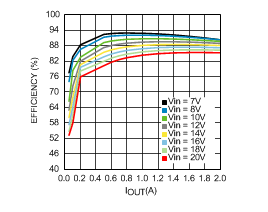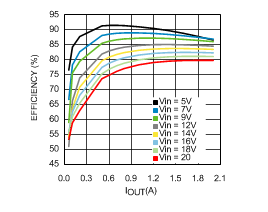SNVS817B June 2012 – June 2019 LMR12015 , LMR12020
PRODUCTION DATA.
- 1 Features
- 2 Applications
- 3 Description
- 4 Revision History
- 5 Pin Configuration and Functions
- 6 Specifications
- 7 Detailed Description
-
8 Application and Implementation
- 8.1 Application Information
- 8.2
Typical Application
- 8.2.1
Detailed Design Procedure
- 8.2.1.1 Custom Design With WEBENCH® Tools
- 8.2.1.2 Inductor Selection
- 8.2.1.3 Input Capacitor
- 8.2.1.4 Output Capacitor
- 8.2.1.5 Catch Diode
- 8.2.1.6 Boost Diode (Optional)
- 8.2.1.7 Boost Capacitor
- 8.2.1.8 Output Voltage
- 8.2.1.9 Feedforward Capacitor (Optional)
- 8.2.1.10
Calculating Efficiency and Junction Temperature
- 8.2.1.10.1 Schottky Diode Conduction Losses
- 8.2.1.10.2 Inductor Conduction Losses
- 8.2.1.10.3 MOSFET Conduction Losses
- 8.2.1.10.4 MOSFET Switching Losses
- 8.2.1.10.5 IC Quiescent Losses
- 8.2.1.10.6 MOSFET Driver Losses
- 8.2.1.10.7 Total Power Losses
- 8.2.1.10.8 Efficiency Calculation Example
- 8.2.1.10.9 Calculating the LMR2015/20 Junction Temperature
- 8.2.2 Application Curves
- 8.2.3 LMR12015/20 Circuit Examples
- 8.2.1
Detailed Design Procedure
- 9 Layout
- 10Device and Documentation Support
- 11Mechanical, Packaging, and Orderable Information
Package Options
Mechanical Data (Package|Pins)
- DSC|10
Thermal pad, mechanical data (Package|Pins)
- DSC|10
Orderable Information
6.4 Typical Performance Characteristics
All curves taken at VIN = 12 V, VBOOST – VSW = 4.3 V and TA = 25°C, unless specified otherwise.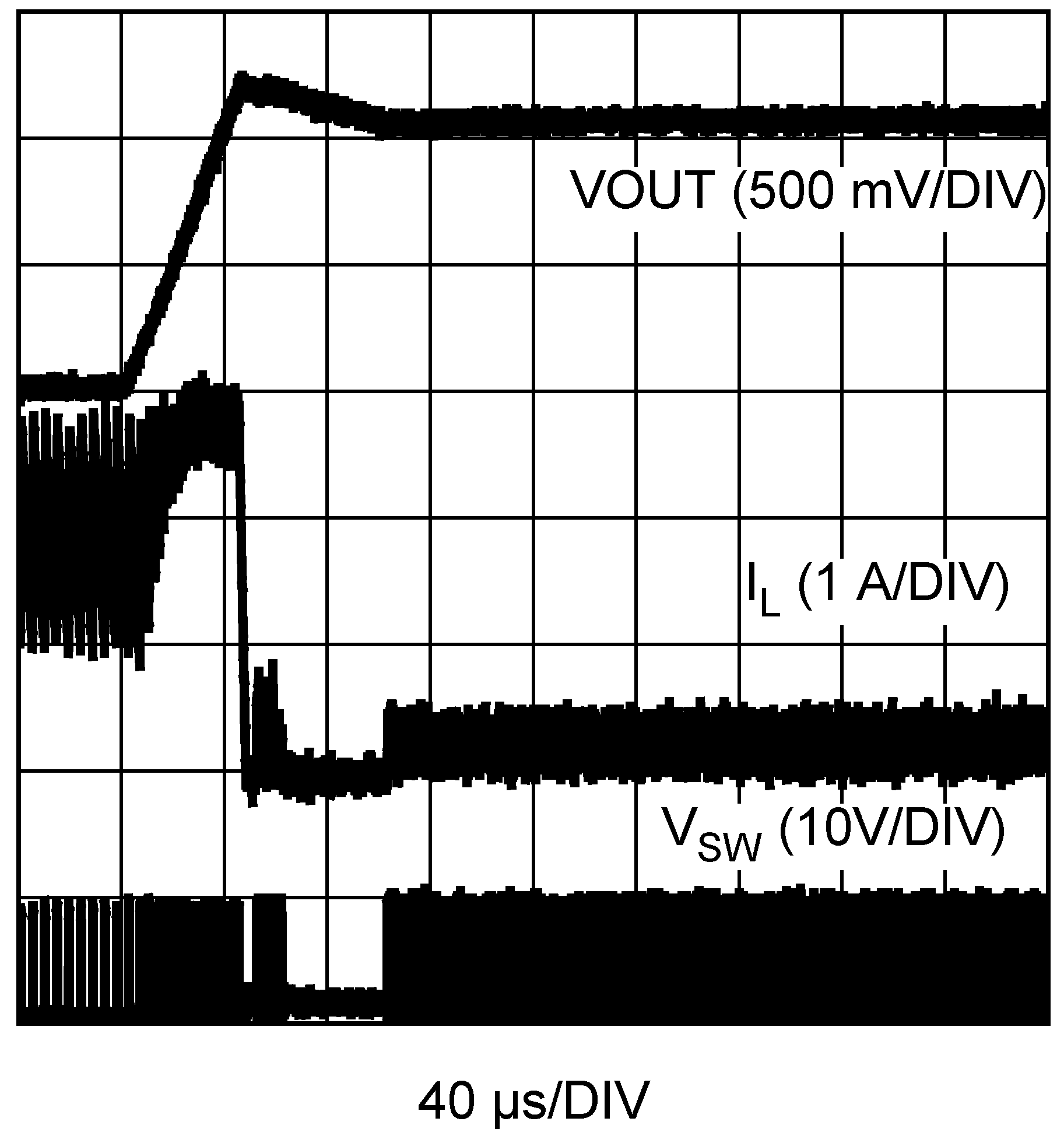
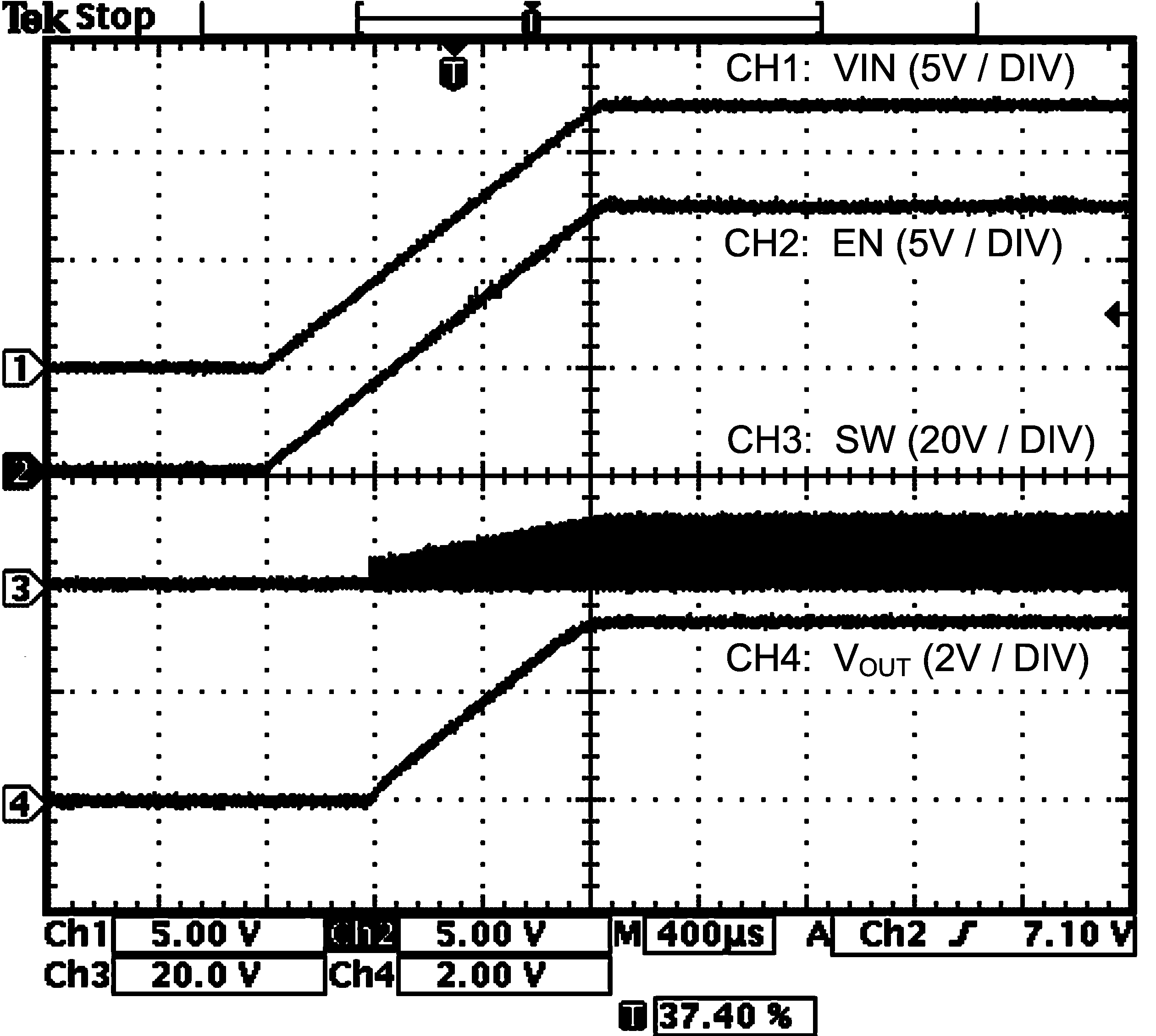
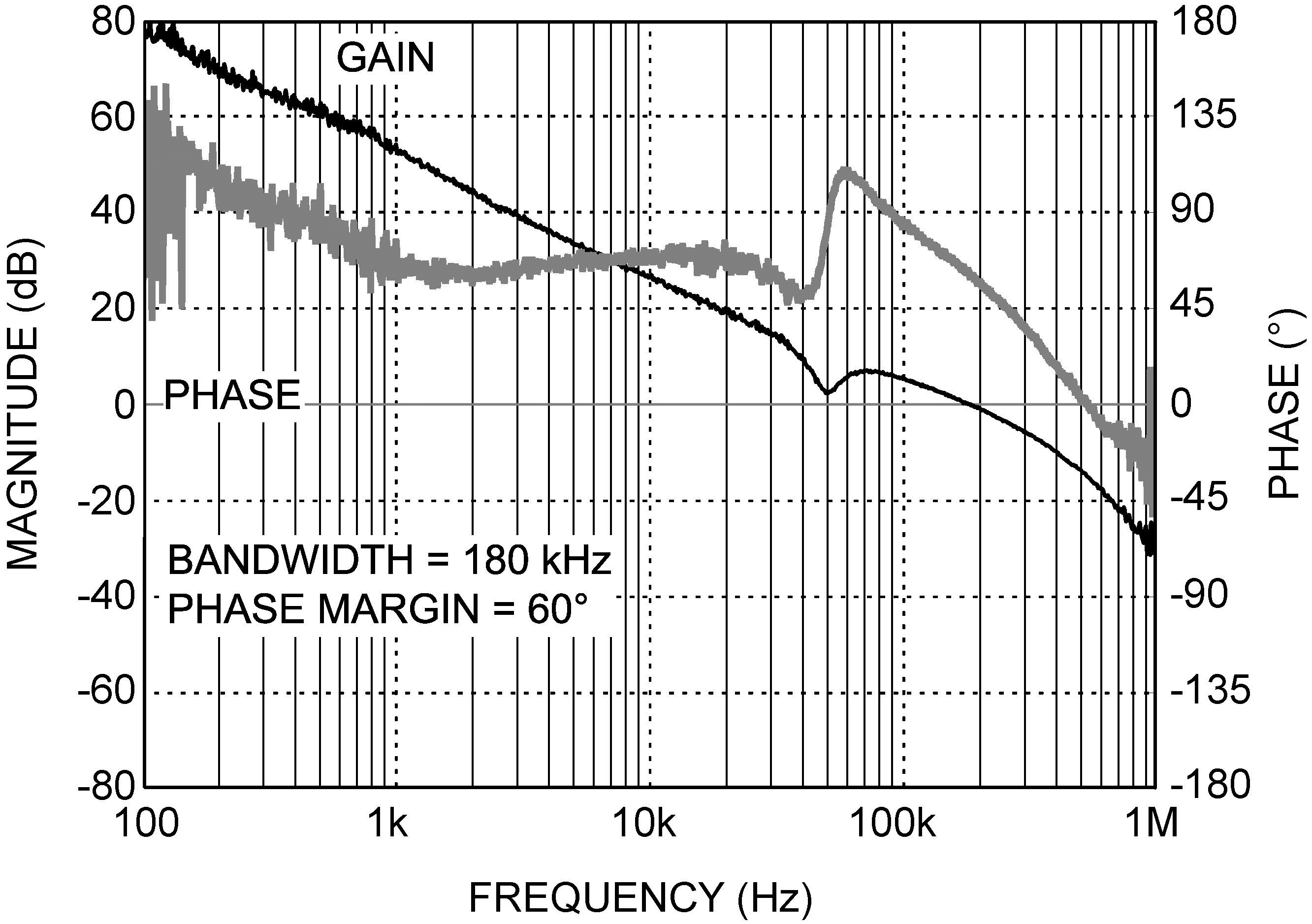
| VIN = 12 V | VOUT = 3.3 V | L = 1.5 µH |
| COUT = 44 µF | IOUT = 1 A |
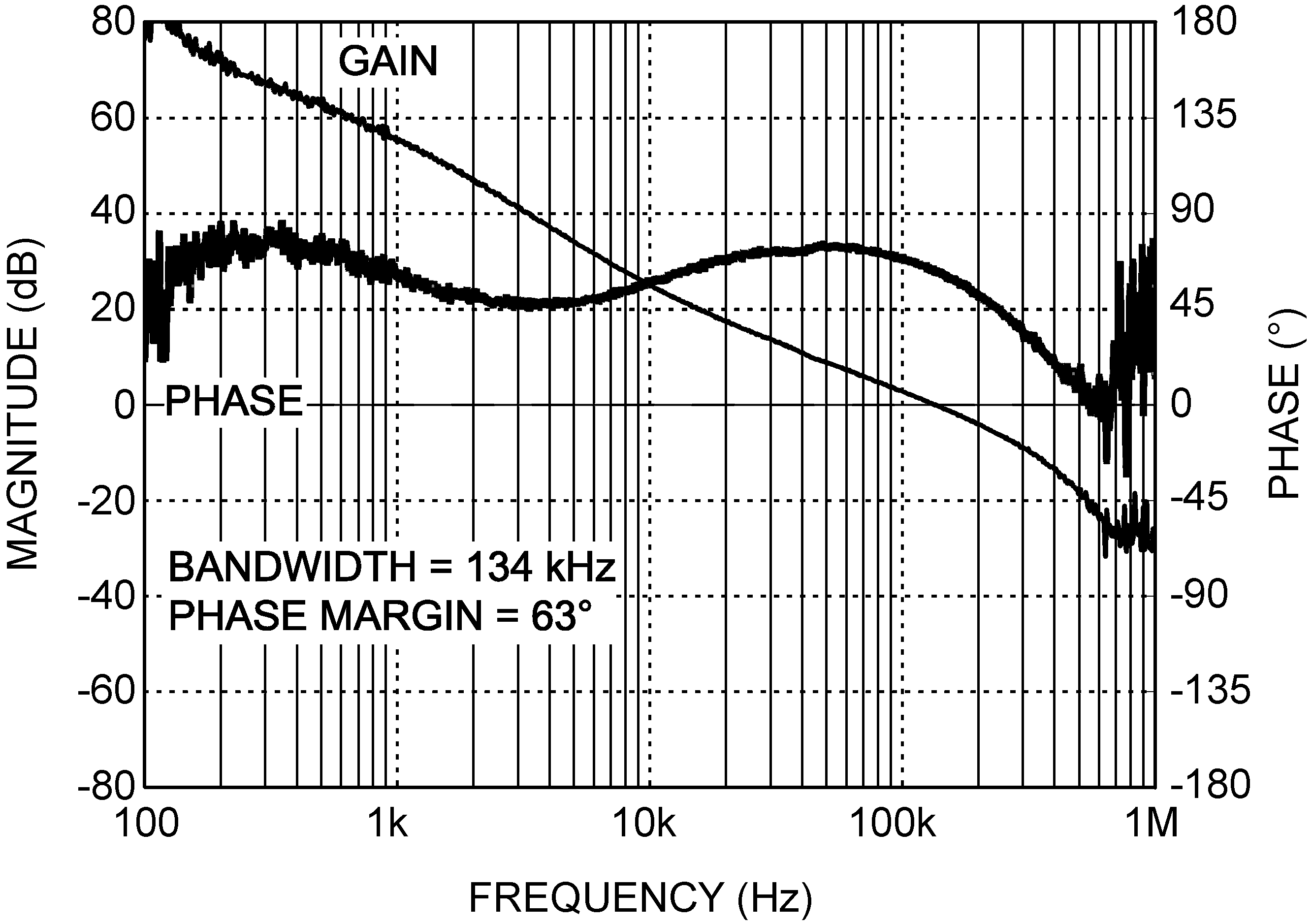
| VIN = 5 V | VOUT = 1.2 V | L = 0.56 µH |
| COUT = 68 µF | IOUT = 1 A |
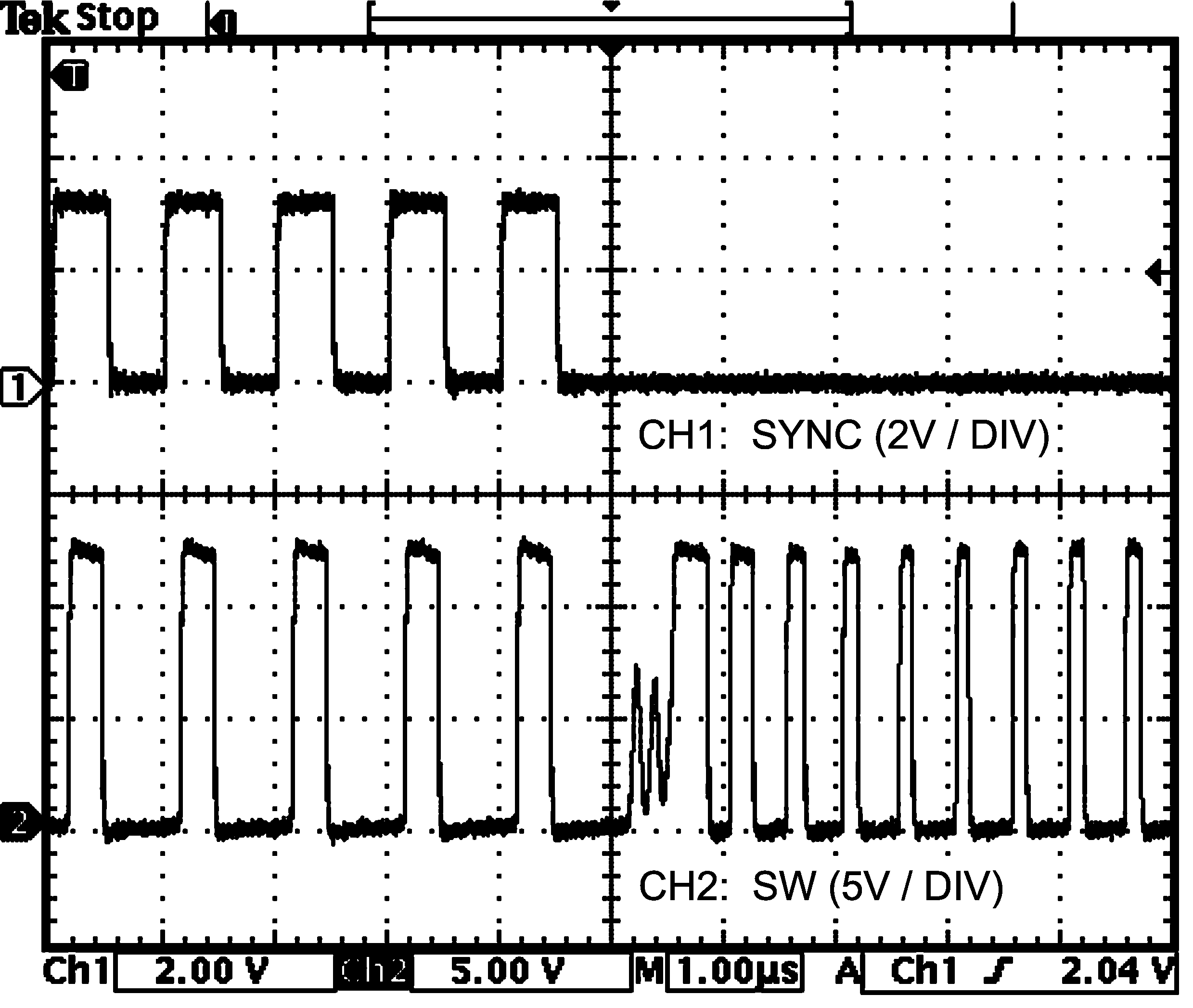
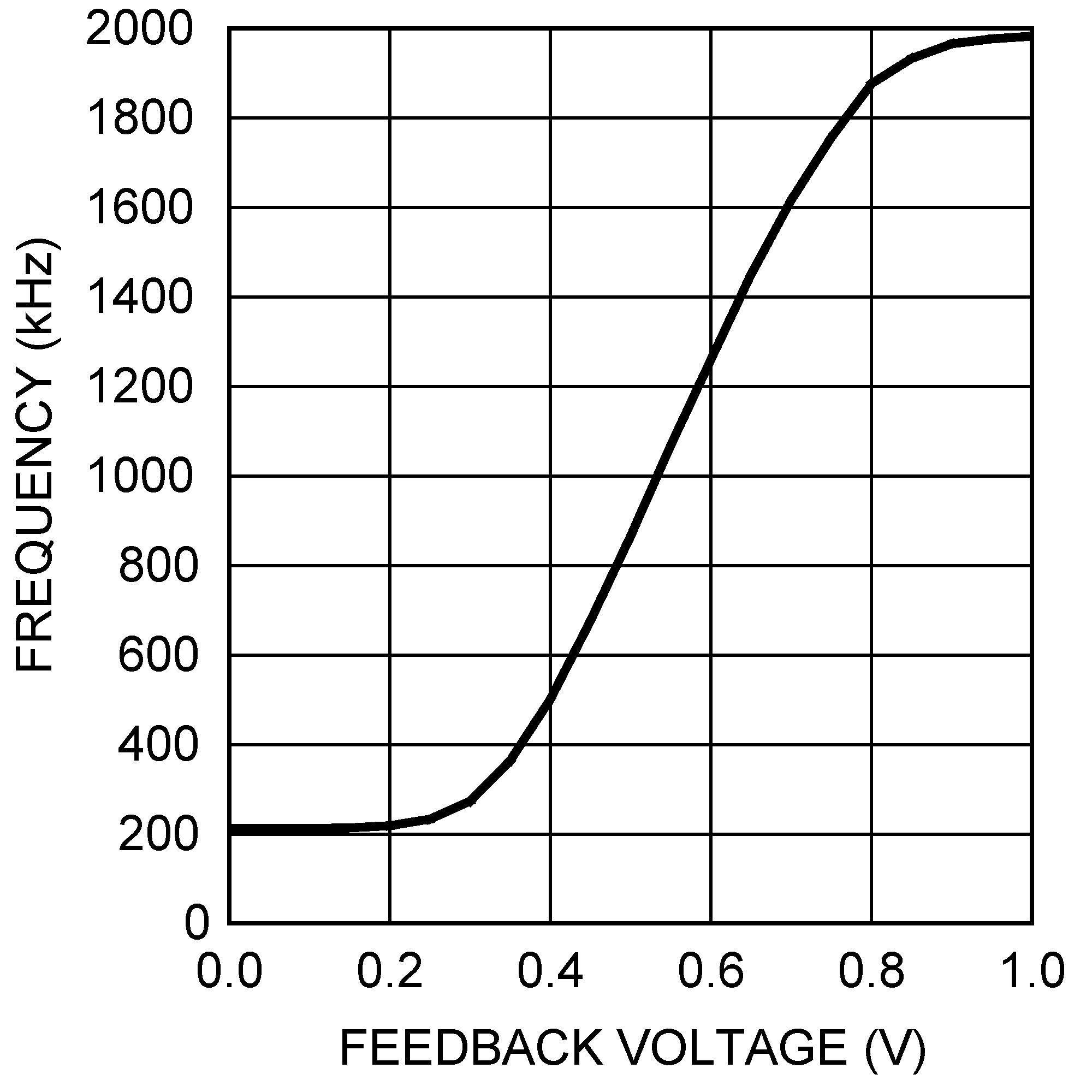
| VSYNC = GND |
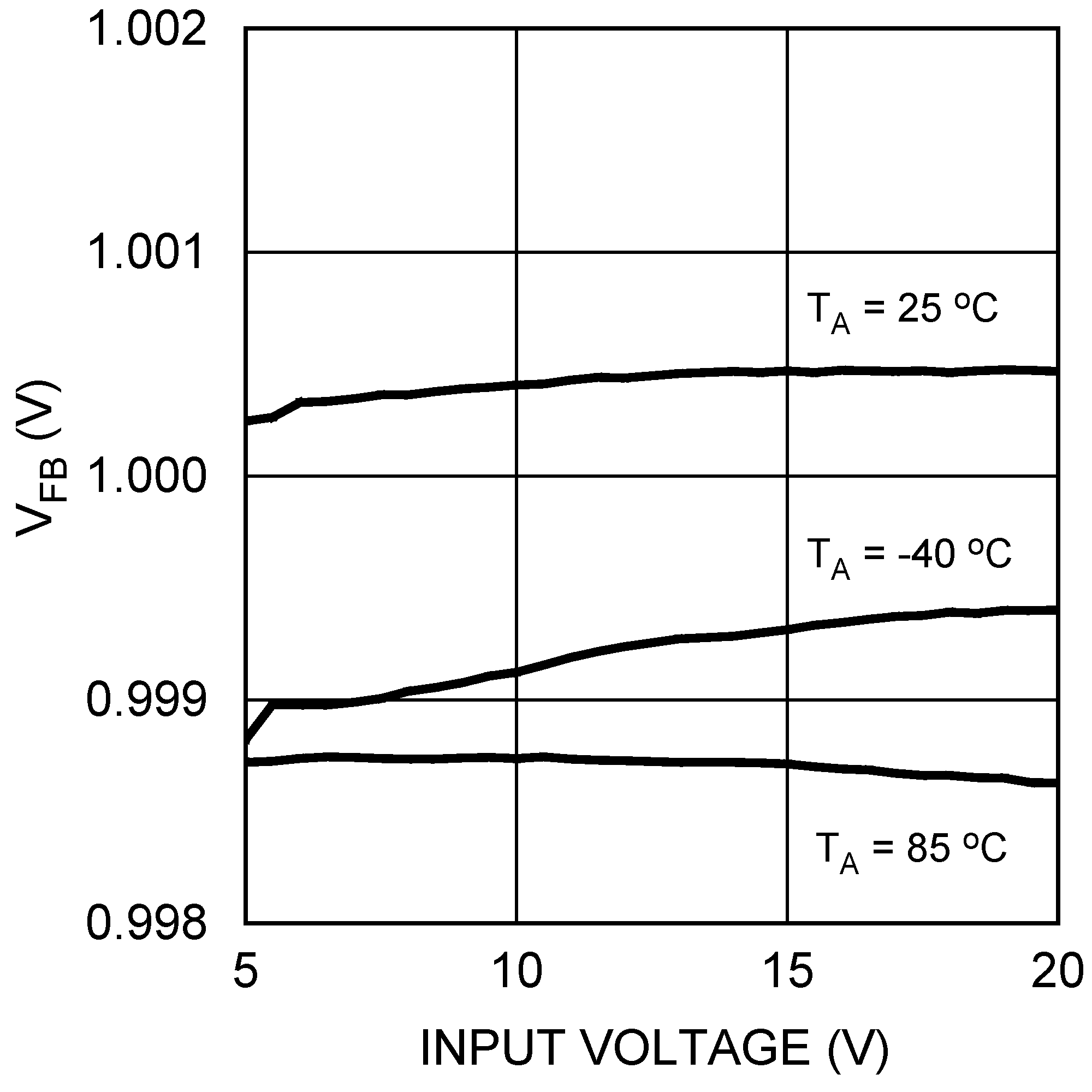
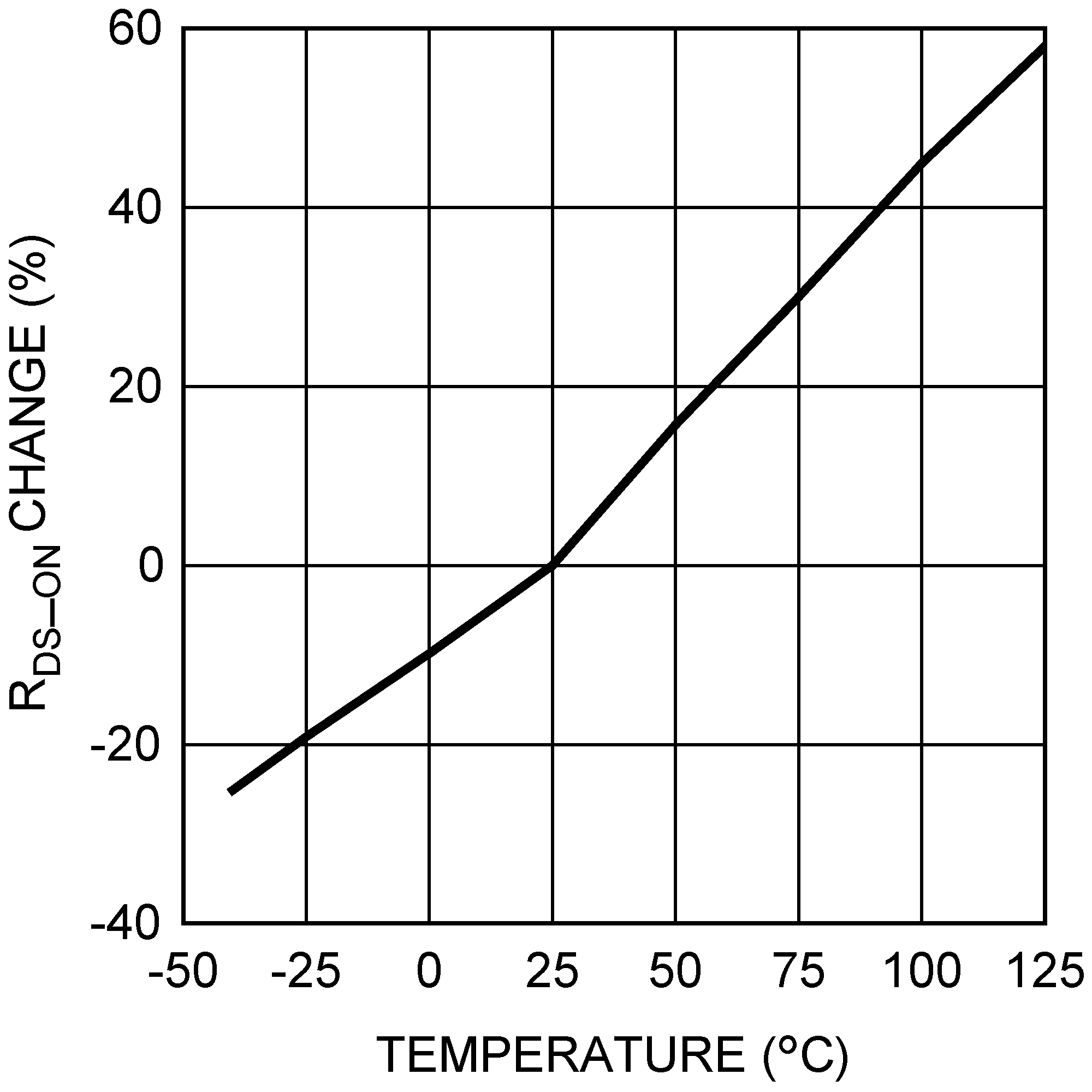
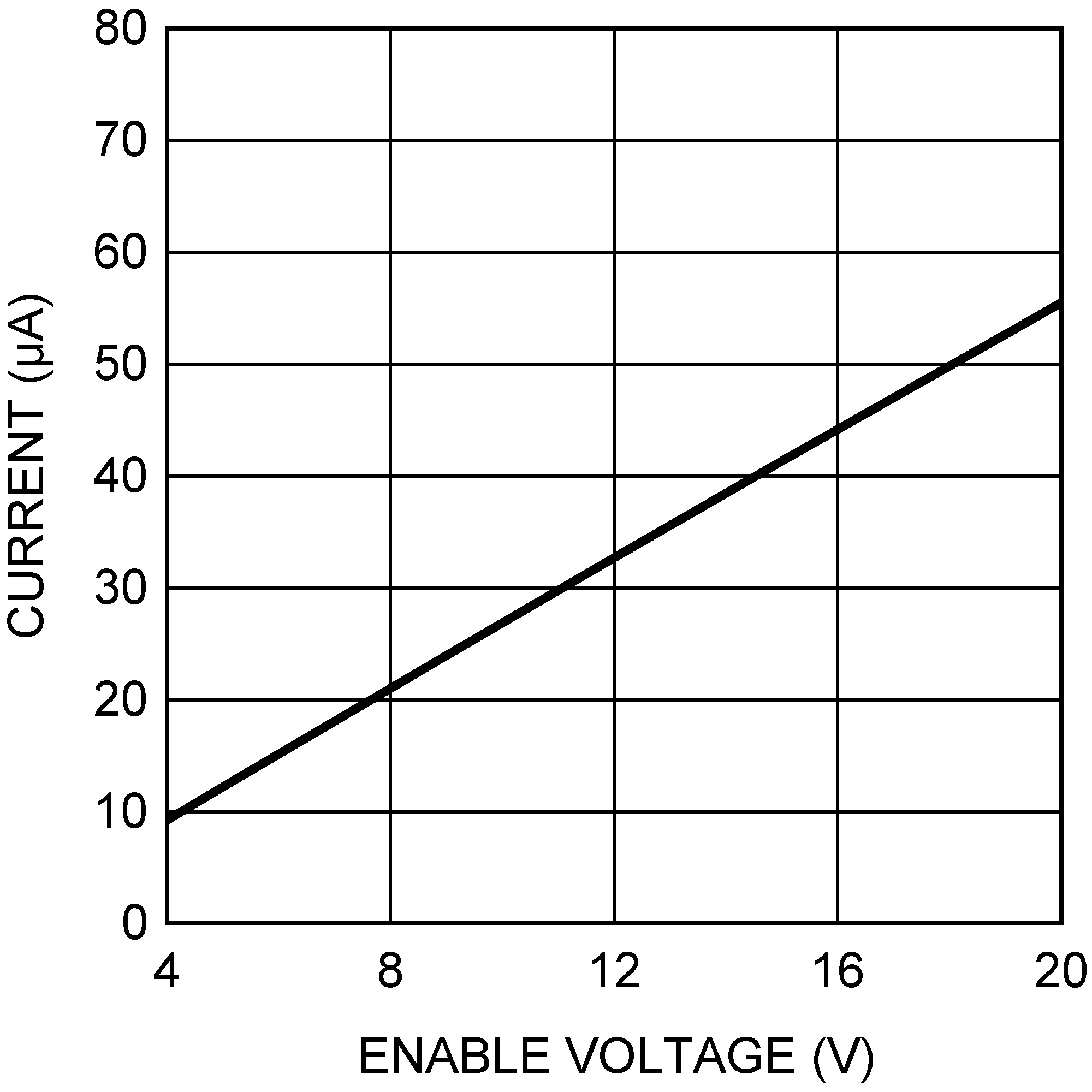
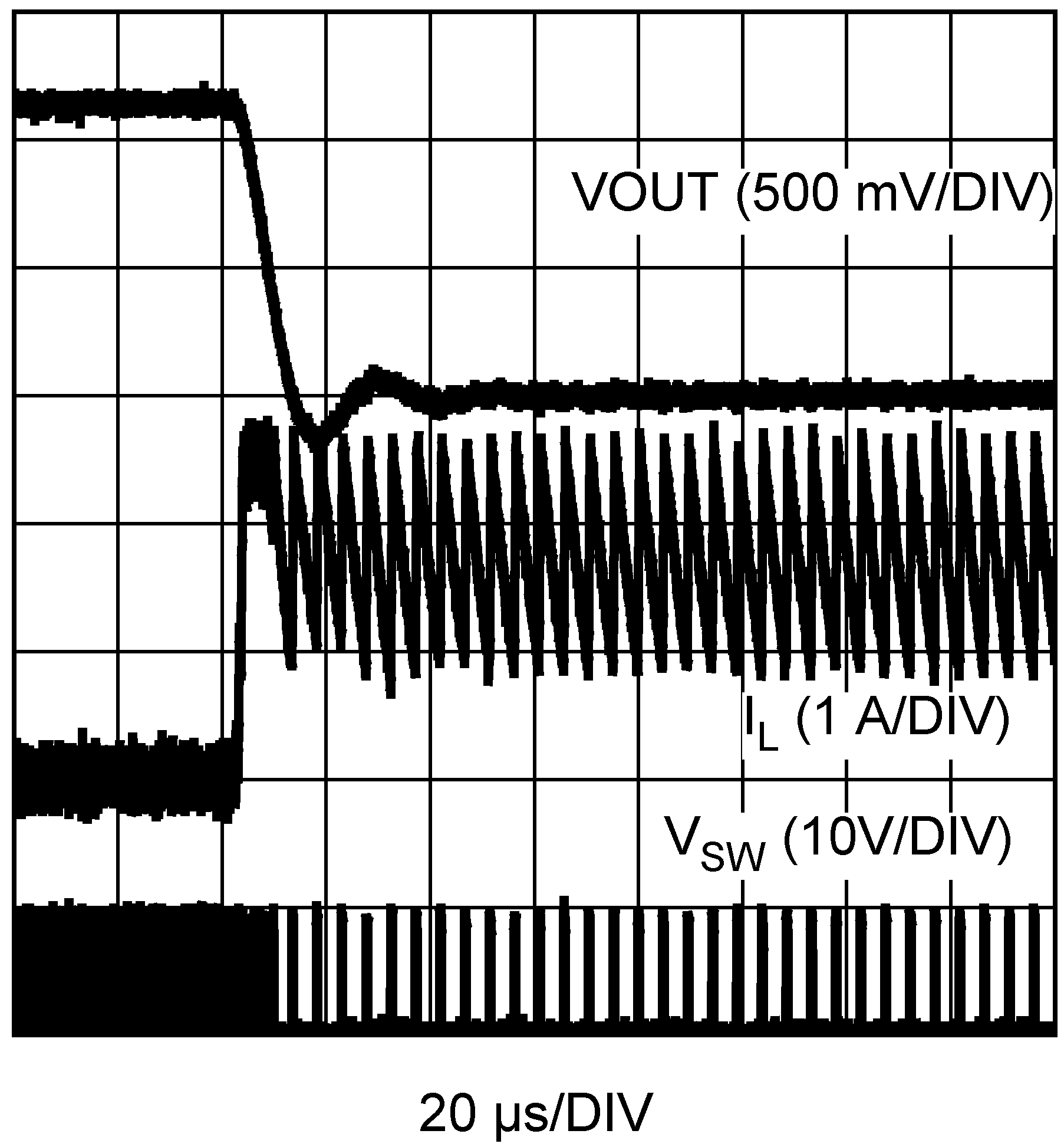
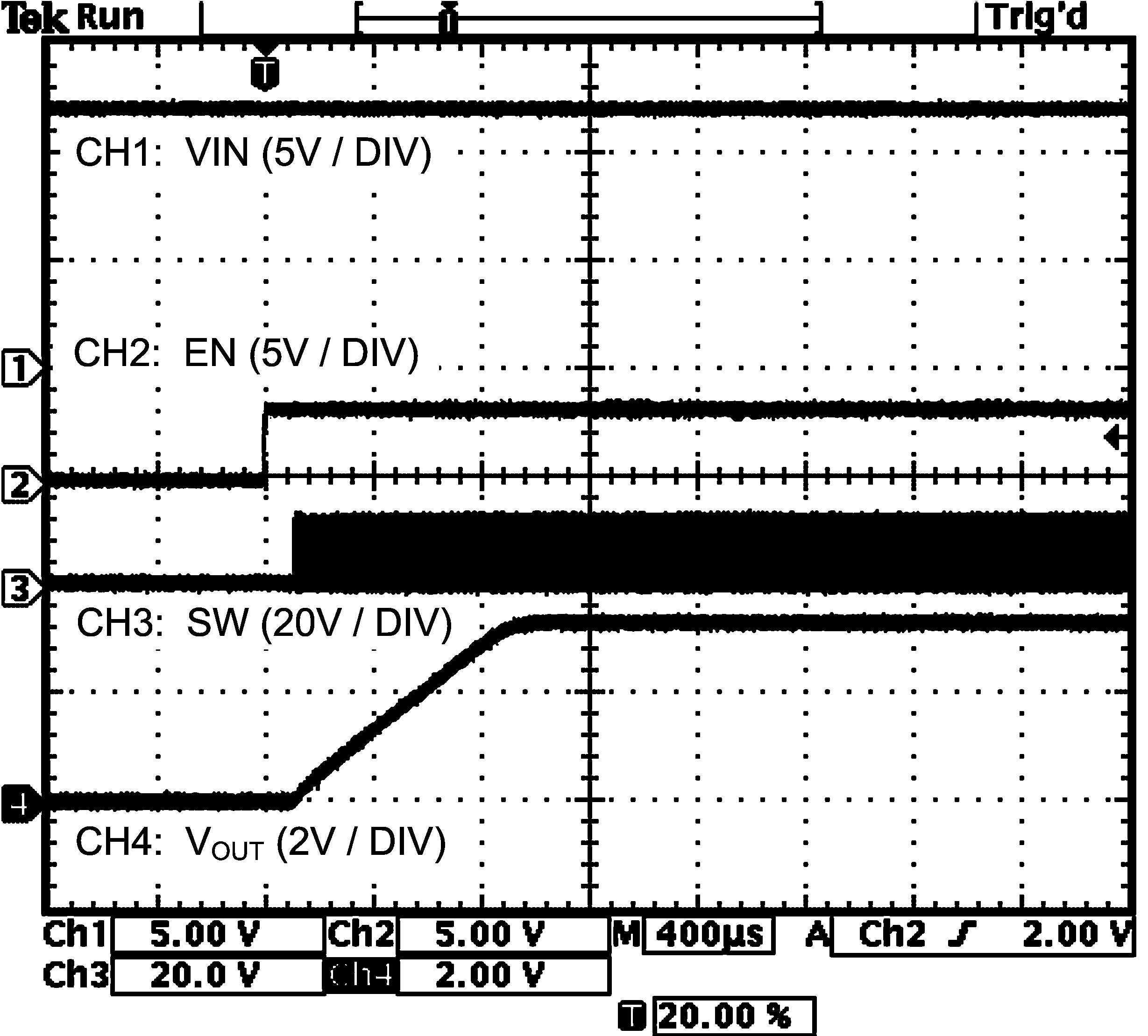
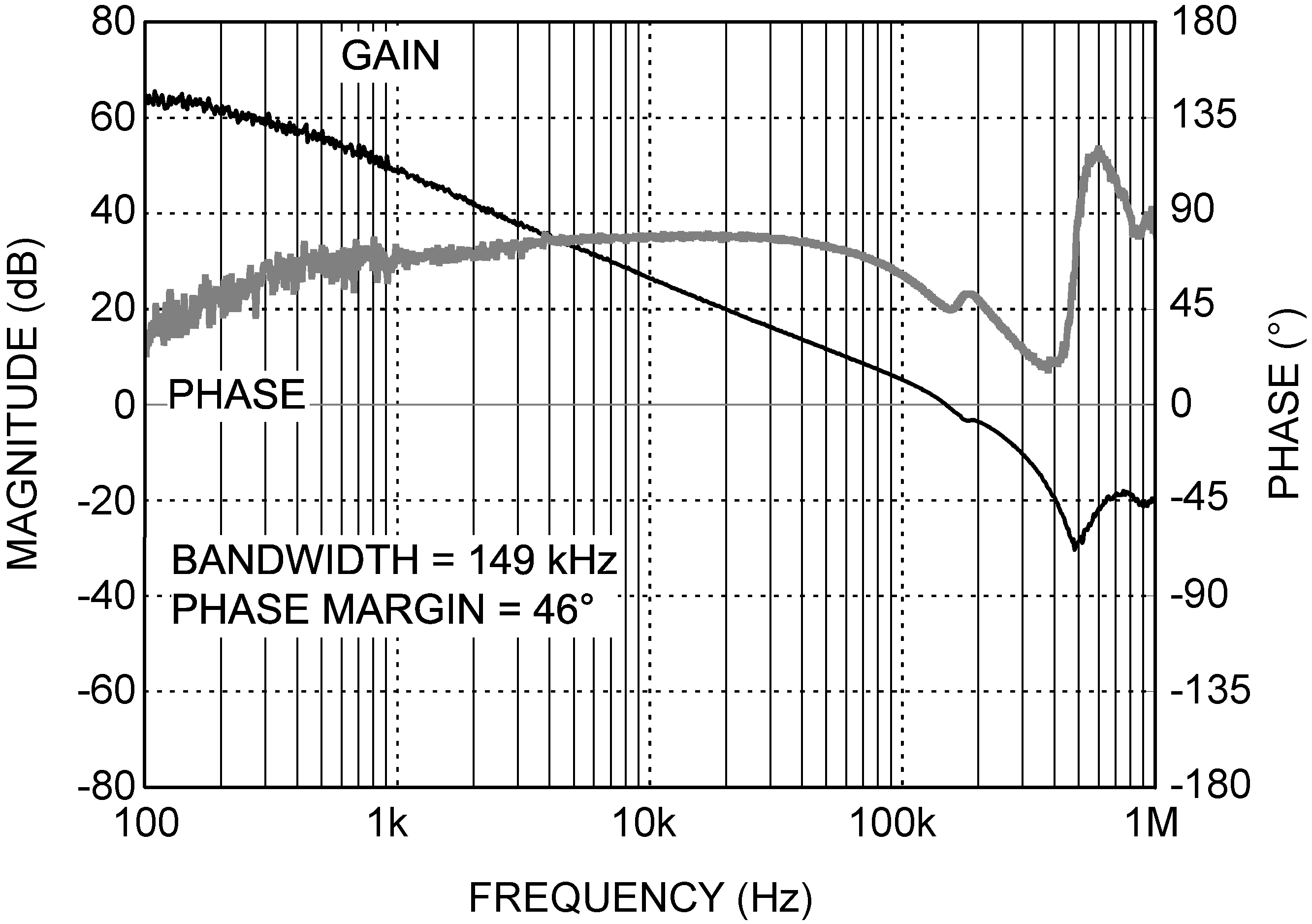
| VIN = 12 V | VOUT = 5 V | L = 2.2 µH |
| COUT = 44 µF | IOUT = 1 A |
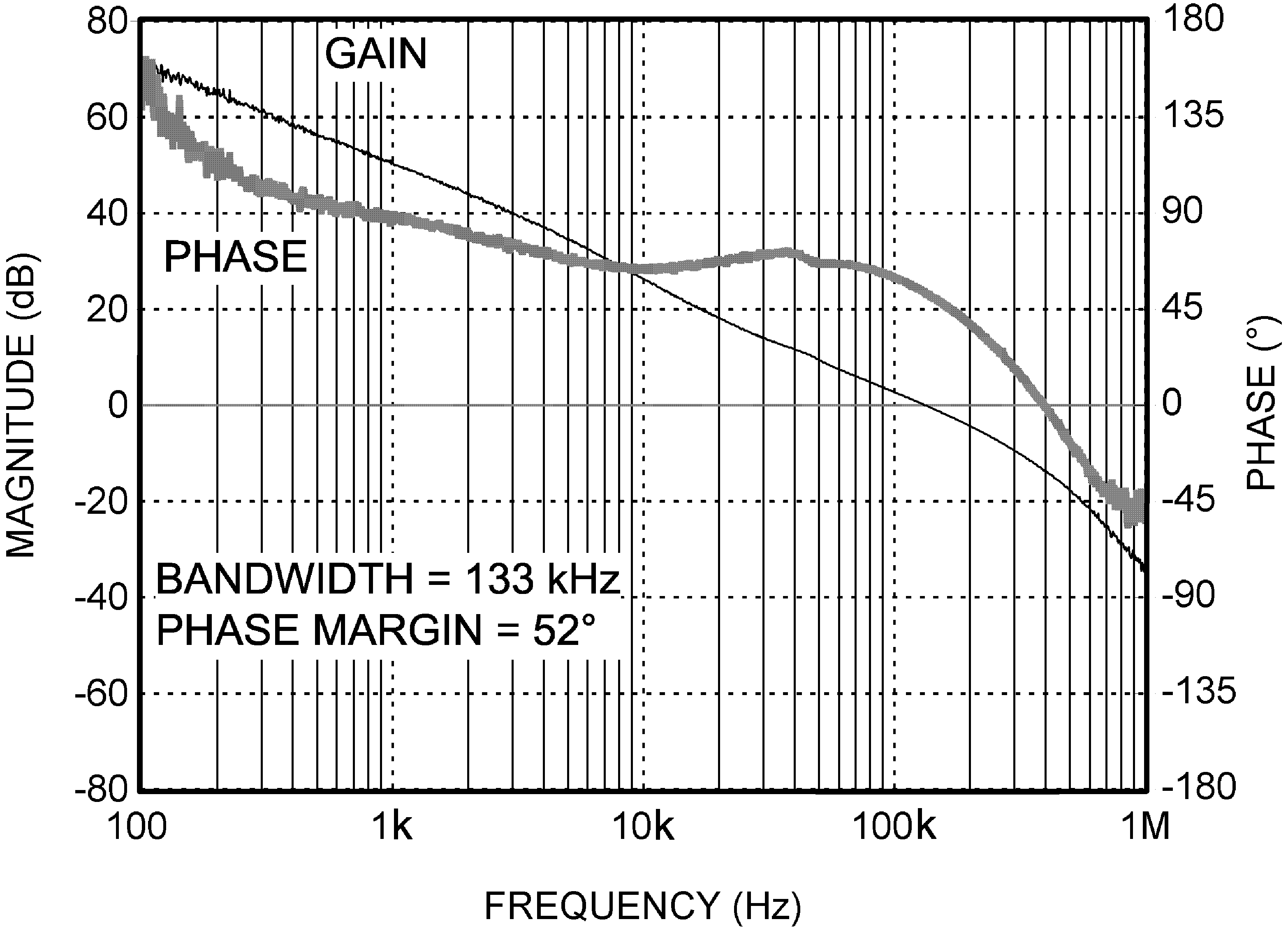
| VIN = 5 V | VOUT = 1.8 V | L = 1 µH |
| COUT = 44 µF | IOUT = 1 A |
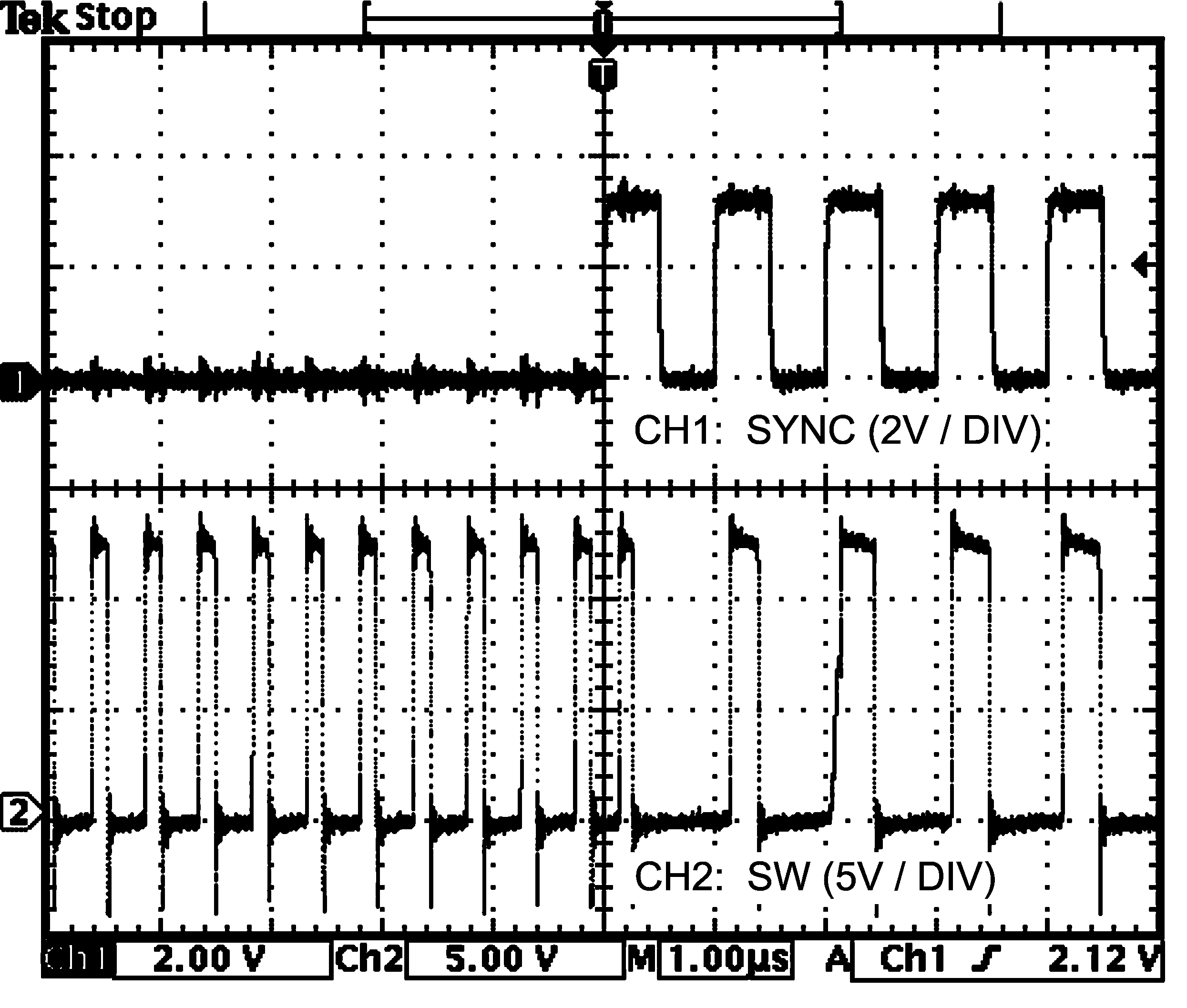
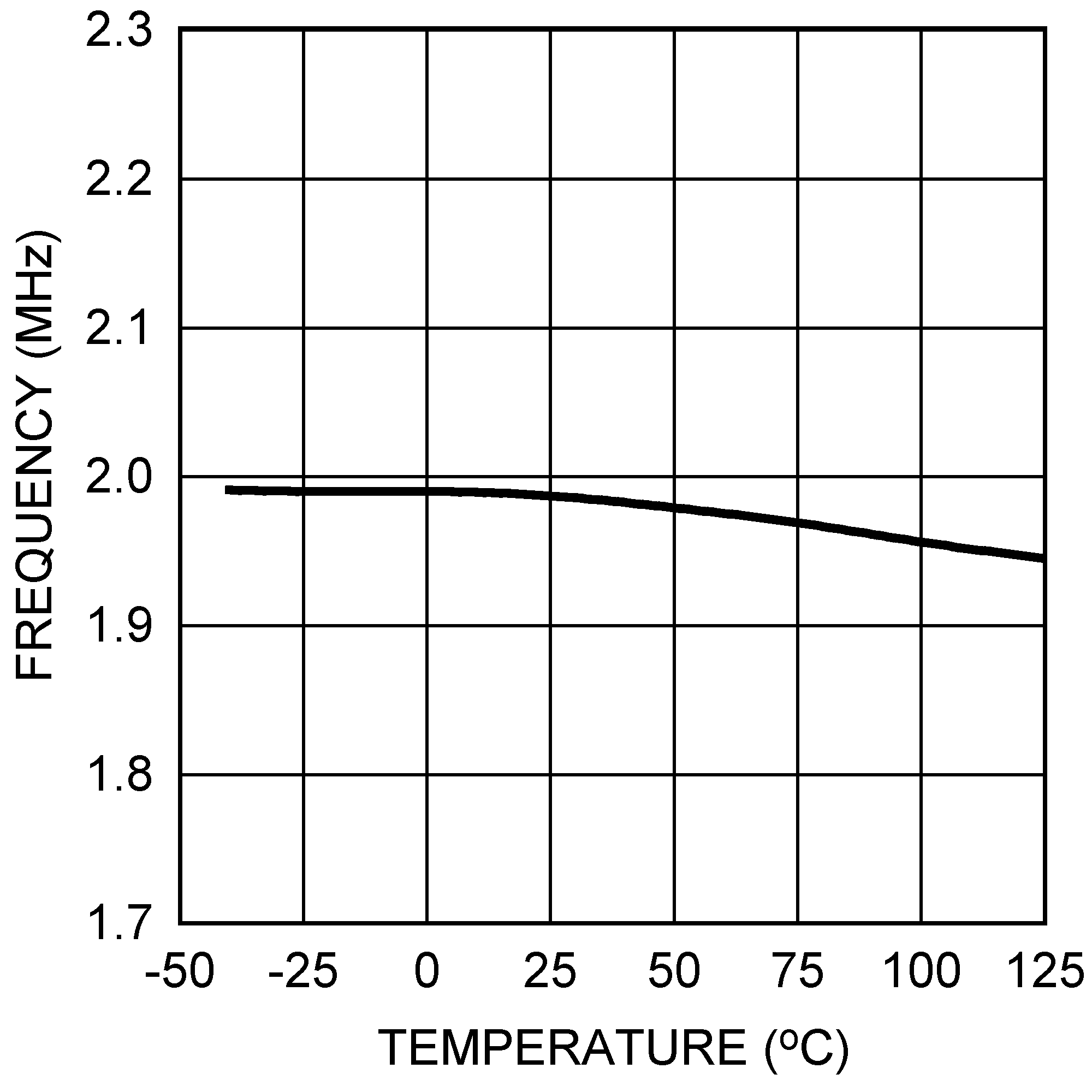
| VSYNC = GND |
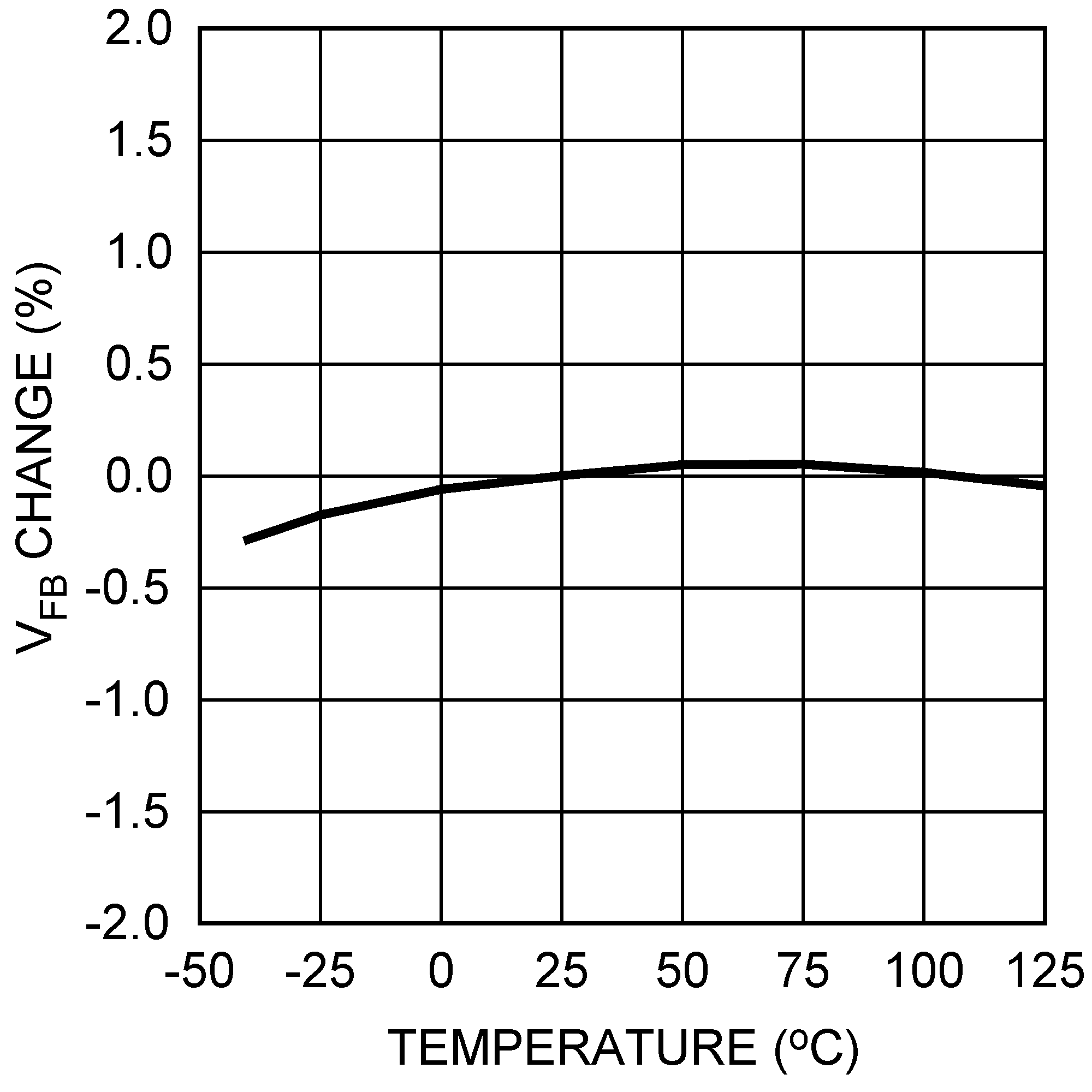
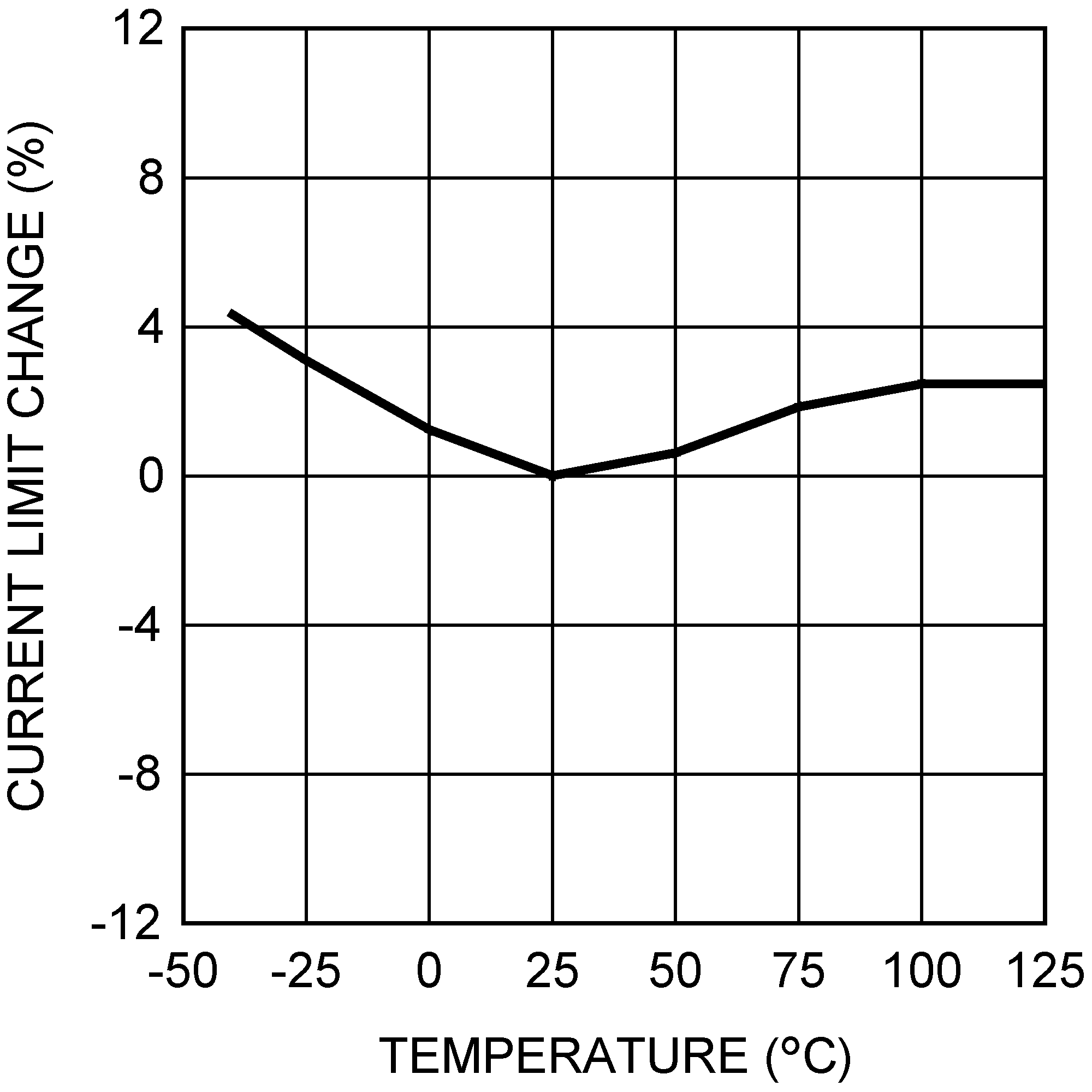
| VIN = 12 V |
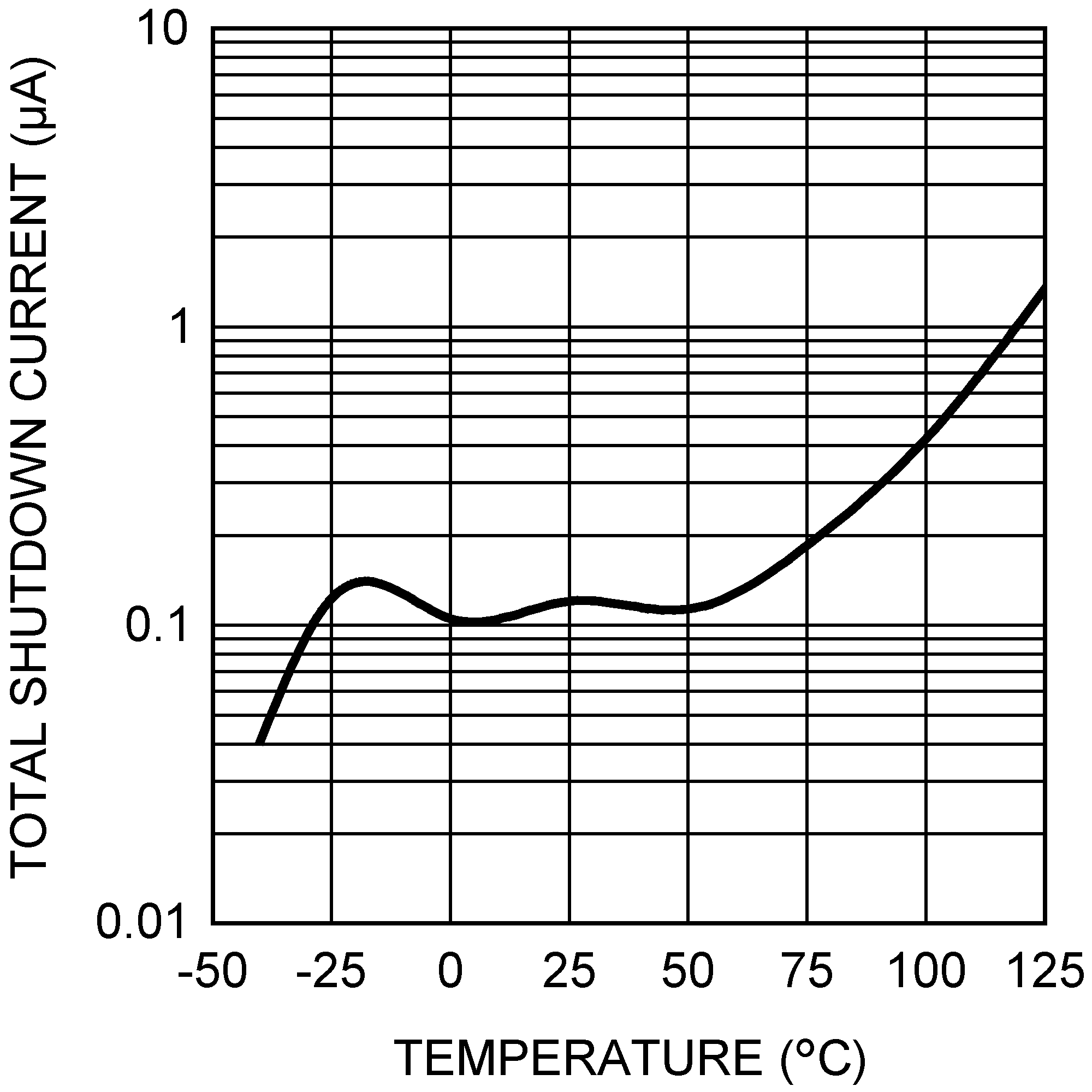
| IQ = IAVIN + IPVIN | ||
